Make Setting Work for Your Story
by Donnell Ann Bell
Have you ever been reading a novel, only to find yourself skimming over a passage of long, drawn out setting or description? My guess is you did that because you already had a clear visual and were ready to get on with the story. Setting and description belong in a writer’s tool kit and used right are part of an invaluable arsenal.
One of my favorite quotes is by Russian Writer Anton
Chekhov who wrote, “I don’t need to know
everything that’s in the room, I only need to know what I need to know is in
the room.” That made so much sense to me, and why I’ve tried to remember it
in my own writing.
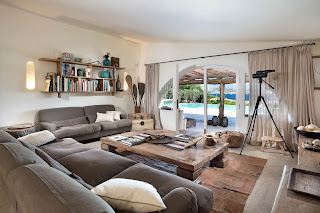 |
| What would you write to describe this room? |
When I write, I choose locations familiar to me or
spend long hours checking out a town’s Chamber of Commerce page, Google maps,
and then I contact people who live in the area to beta read and verify I have
it correct. I try to sprinkle in popular landmarks, although be careful here;
you don’t want it to read like a travelogue. The
best way to mention a landmark is to make it imperative to a scene.
Additionally, because I write mystery, suspense and romantic suspense, if I’m ever going to say something negative about a place, e.g. place a dead
body or a murder there, I change the name or make up a fictitious place
that blends in seamlessly with an actual area.
Writing around the theme, Suspense too Close to Home, I’ve
written about Denver, Colorado Springs, Albuquerque, El
Paso, Texas and in my most recent novel, Black Pearl, which takes place between
Denver and Montrose, Colorado. But the book that I think I did setting particularly
well is in my adopted hometown of Colorado Springs, Colorado, and the best-selling The Past Came Hunting. Because I’d lived
in that city for thirty-plus years, I had a good grasp of the community
and its surroundings.
As I mentioned earlier, the best way to mention a
landmark is to make it imperative to a scene. (In the following scenes my cop protagonist
is on his way to a hearing and my female protagonist is at her job after a
brutal end to their relationship.) I could have described the places first then
written about their turbulent emotions. Instead, I combined both setting and
the emotions they were going through into the narrative. Hopefully, by doing
this I upped the pacing . . . .
Joe walked into the building,
flashing his badge to the security guards and bypassing the metal detectors. He
had the record, the credentials, votes of confidence from peers and
subordinates and the support of the district attorney. Combined, these factors
all but guaranteed him the promotion to commander.
He
was one lucky cop.
Images of Melanie flashed
through his brain as he entered the Division Room Four of a proceeding already in
progress. So, with so much going for him, why wasn’t he smiling?
Transition
to Female Protagonist
On the West side of town,
things weren’t going much better for Mel. With Aaron visiting family in New
York, she cleared the glass shelves of Christmas, Hanukah and seasonal items and
prepared to mark them down. The best way to overcome heartbreak, she reasoned,
was to throw herself into the things going right, namely her son and her job at
Pinnacle Creations.
According to Aaron, they
had thirty days to reduce inventory, then gear up for Valentine’s Day, Thanks
to holidays and special occasions, the floral industry never ended. Unlike
relationships.
Ideally, I didn’t have to describe a courthouse or a
floral shop because these things are so well known to us. Setting and
description are vital to a book. But like dialogue, external and internal
narrative, emotion, and above all, an author’s voice, they are tools. Too much
of anything is overwriting.
How about you? Any tips on setting you’d like to share?
Donnell Ann Bell is an award-winning
author, including finalist in the 2020 Colorado Book Award, she is the author
of Black Pearl, book one of a series, and is currently editing book two.
You can find her on Facebook, Twitter, or Bookbub. Sign up for her newsletter
at www.donnellannbell.com

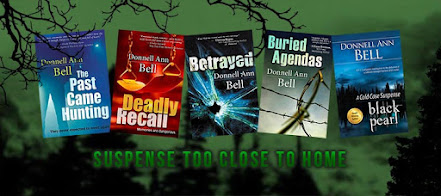
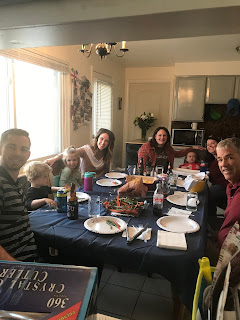
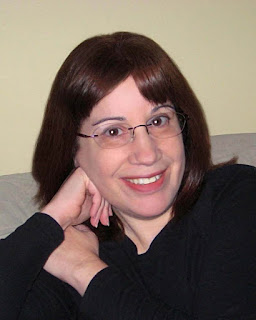



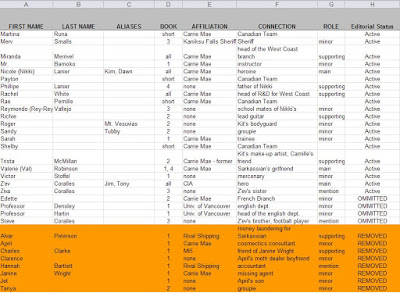

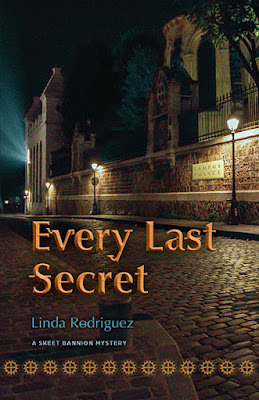

I like the way you embed setting into the action of your stories. Mystery readers appreciate being taken to new places and times, but they don't relish being bogged down by long descriptions. The same applies to weather.
Saralyn, I so agree. I love learning about new places. And if the author imbeds and/or puts me firmly there, that's even better. As a mystery author, I read to solve puzzles and to learn. If a reader's plot and pacing are spot on, I lean back and enjoy the ride! 🙂 Thanks for commenting.
Such a good subject, Donnell. As a reader, I'm often guilty of skipping over descriptions to get to the meat of the story, so as a writer, I try not to overdo it. Readers fill in so many blanks when they read, I tend to decide to let them decide on details that aren't critical to the story. How much description is needed is often a balancing act.
Gay, brilliant point. When a reader picks up a book, it becomes their story, subject to their interpretation. And as Debra pointed out some readers prefer the longer passages. One book I read many years abo was by Catherine Coulter and she was discussing Genoa, Italy. Her description of Genoa was long and breathaking, and I hung on every word.
I'm one of those who skim setting paragraphs as boring. I didn't even realize I did it until I began reading Barbara Bradford books. Her setting descriptions were well written but tedious to me as a reader. Yet, many of the reviewers praised those as a favorite part of her books. To each his own…..
Debra, such a great point. One person's tedium is another's education. Thank goodness for different tastes and many genres!
Such a true insight from Chekhov … and nifty post from you, Donnell 🙂
Thanks, Barbara. I love that quote!!
Nice post, Donnell. I like writing about places I'm familiar with, but that doesn't stop me from researching places I've never been. I even look at maps, old and new, to get a better feel for a place.
Kathleen! I have just started studying maps and learning what all the little "thingamajiggies" are. 🙂 Seriously, in this last book that I'm getting ready to turn in, I had to learn about topographical maps, highway maps and … well, you know, Google maps 🙂
Hey Donnell! I'll be honest here–I've certainly skimmed my share of setting details. When there are details for the sake of details, my interest as a reader flags. But when there are details interspersed with the POV character interacting in them, I am intrigued. As an author, my goal is to frame the scene without painting every detail. You do this excellently.
Thank you, Maggie! I really enjoyed your Dreamwalker Series! Always, learning!
Excellent insights, Donnell. Thanks!